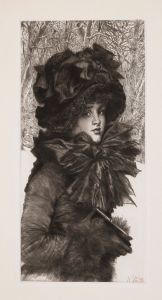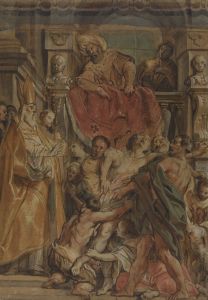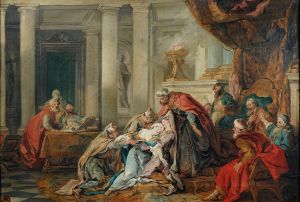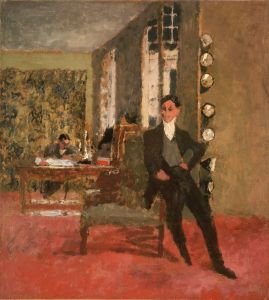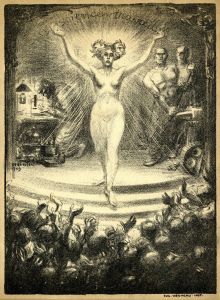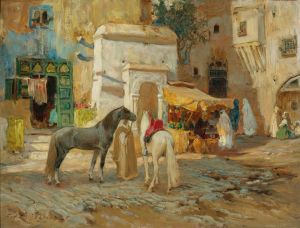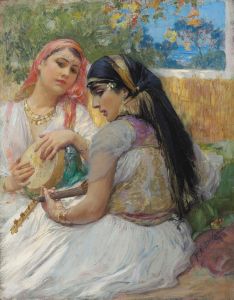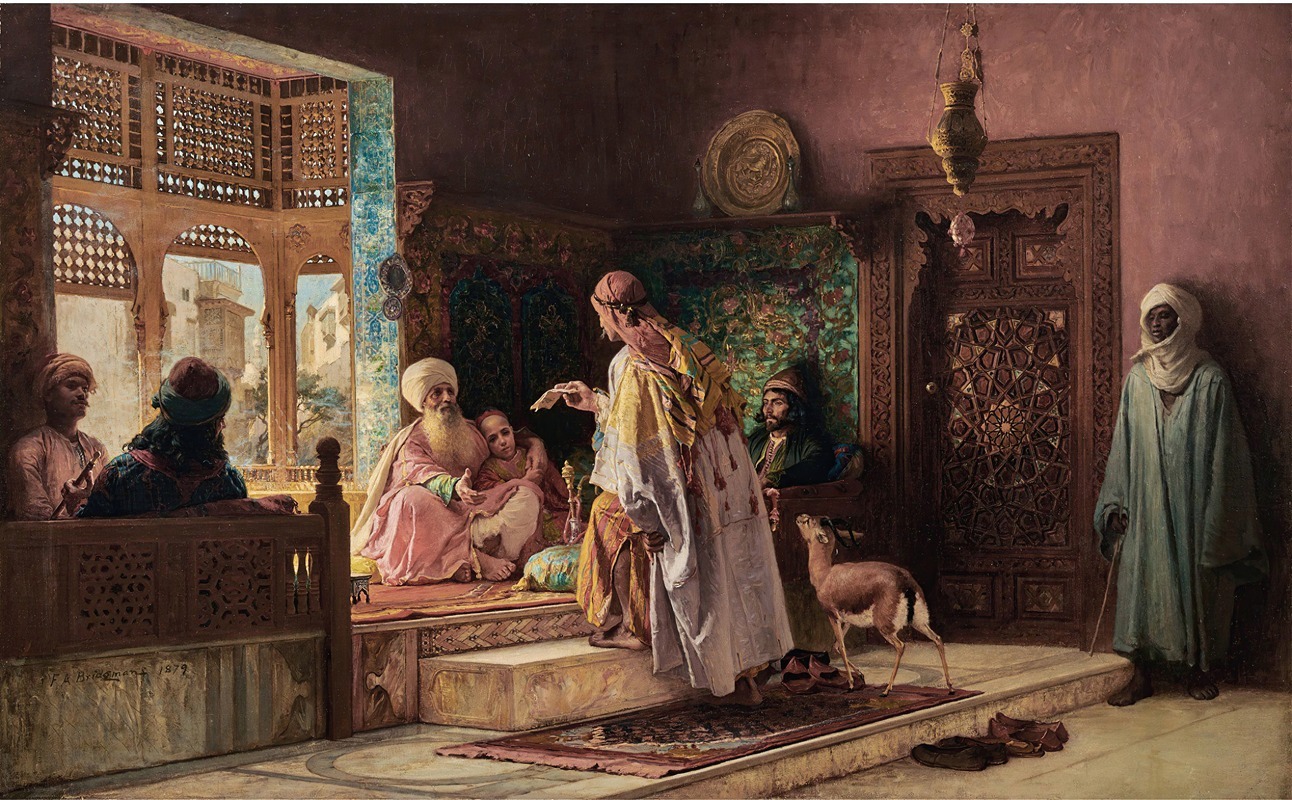
The Messenger
A hand-painted replica of Frederick Arthur Bridgman’s masterpiece The Messenger, meticulously crafted by professional artists to capture the true essence of the original. Each piece is created with museum-quality canvas and rare mineral pigments, carefully painted by experienced artists with delicate brushstrokes and rich, layered colors to perfectly recreate the texture of the original artwork. Unlike machine-printed reproductions, this hand-painted version brings the painting to life, infused with the artist’s emotions and skill in every stroke. Whether for personal collection or home decoration, it instantly elevates the artistic atmosphere of any space.
Frederick Arthur Bridgman was an American artist known for his detailed and evocative Orientalist paintings. Born in Tuskegee, Alabama, in 1847, Bridgman moved to Paris in 1866 to study art, where he became associated with the Orientalist movement. This movement was characterized by Western artists' fascination with the cultures, landscapes, and peoples of North Africa, the Middle East, and Asia. Bridgman is often celebrated for his ability to capture the intricate details and vibrant colors of these regions, which he visited extensively during his lifetime.
"The Messenger" is one of Bridgman's works that exemplifies his skill in depicting scenes from the Orient. Although specific details about this particular painting are limited, Bridgman's oeuvre typically includes scenes that reflect his interest in the daily life and customs of the people he encountered during his travels. His paintings often feature rich textures, elaborate costumes, and a keen attention to architectural and environmental details, which help to convey a sense of authenticity and immersion.
Bridgman's work was heavily influenced by his travels to Egypt and Algeria, where he spent considerable time sketching and painting. These experiences provided him with a wealth of visual material that he later incorporated into his studio work in Paris. His paintings often depict bustling marketplaces, serene domestic interiors, and grand architectural structures, all rendered with a meticulous attention to detail that was characteristic of his style.
"The Messenger," like many of Bridgman's paintings, likely reflects his fascination with the role of communication and interaction in the societies he observed. While the specific content of "The Messenger" is not widely documented, it can be inferred that the painting might depict a scene involving the delivery of a message or communication, a common theme in Bridgman's work that highlights the interconnectedness of people and cultures.
Bridgman's paintings were well-received during his lifetime, and he exhibited regularly at the Paris Salon, where he gained significant recognition. His work was also popular in the United States, where he was seen as a leading figure in the Orientalist movement. Bridgman's ability to blend academic painting techniques with a romanticized vision of the East made his work appealing to both European and American audiences.
Today, Bridgman's paintings are held in various public and private collections, and he is remembered as one of the prominent American Orientalists of the 19th century. His work continues to be studied for its artistic merit and its role in shaping Western perceptions of the East during a period of intense cultural exchange and exploration.
In summary, while specific details about "The Messenger" are scarce, Frederick Arthur Bridgman's broader body of work provides valuable insights into his artistic approach and the themes that interested him. His paintings remain a testament to his skill as an artist and his fascination with the diverse cultures he encountered throughout his life.





